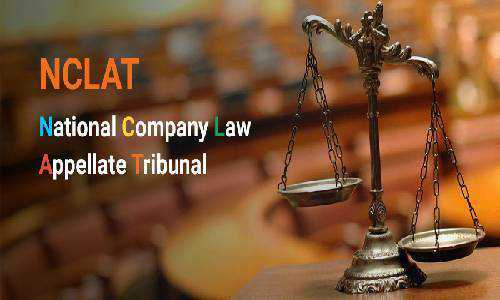
In its ruling dated August 14, 2020 ("Judgment") in the case of Sushil Ansal v. Ashok Tripathi and Others [Company Appeal (AT) (Insolvency) No. 452 of 2020], the National Company Law Appellate Tribunal, New Delhi ("NCLAT") held that a decree holder cannot be classified as a financial creditor for the purposes of starting the Corporate Insolvency Resolution Process ("CIRP") under the Insolvency and Bankruptcy Code, 2016.
The case's basic facts are that on August 5, 2014, two men named Mr. Ashok Tripathi and Mr. Saurabh Tripathi (collectively, "Respondents") jointly reserved a unit with the identification number 0073, measuring 3746 square feet, with M/s. Ansal Properties and Infrastructure Limited (the "Corporate Debtor") in one of their real estate projects called Sushant Golf City in Lucknow, for a total consideration of INR 1,62, Respondent No. 2 had in a separate transaction reserved another unit with the identification number B7/GF/01, measuring 1229 square feet, in the same project on July 16, 2014, by paying INR 1,63,994 as a booking advance. On September 12, 2014, a joint "built up agreement/builder buyer agreement."
In the instant case titled Sushil Ansal v. Ashok Tripathi and Other the issue raised for clarification before the NCLAT was:
Should Rule 11 of the National Company Law Appellate Tribunal Rules, 2016 (the "NCLAT Rules") be invoked in this case to allow the parties to resolve their differences?
With regard to this issue, the NCLAT remarked that once the UP RERA issued the Collection Certificate directing the recovery of INR 73,35,686.43 as arrears toward land revenue, the Respondents could not assert that they were allottees of a real estate project in permitting the appeal. According to the NCLAT, the Respondents were decree holders who sought to have money owed under the Recovery Certificate executed, which is prohibited under Section 7 of the IBC. As a result, their request for the CIRP to be triggered was not maintained as allottees. Despite falling within the definition of "creditor," decree holders did not qualify as "financial creditors," and as a result, they were not eligible to request initiation of the CIRP.
The NCLAT believed that the challenged NCLT Order instituting CIRP against the Corporate Debtor was not sustainable in light of the conclusion reached and findings on the problems documented. The NCLAT was adamant that the application of the Respondents was made for the purpose of executing or recovering the debt outlined in the Recovery Certificate, not for the purpose of resolving the Corporate Debtor's insolvency. The NCLAT decided to disregard the aforementioned NCLT Order because it had serious legal flaws and could not be upheld.
The NCLAT categorically stated that,
"A ‘decree-holder’ is undoubtedly covered by the definition of ‘Creditor’ under Section 3(10) of the ‘I&B Code’ but would not fall within
the class of creditors classified as ‘Financial Creditor’ unless the debt was disbursed against the consideration for time value of money or falls within any of the clauses thereof as the definition of ‘financial debt’ is inclusive in character. A ‘decree’ is defined under Section 2(2) of the Code of Civil Procedure, 1908 (“CPC” for short) as the formal expression of an adjudication which conclusively determines the rights of the parties with regard to the matters in controversy in a lis. A ‘decree-holder’, defined under Section 2(3) of the same Code means any person in whose favour a decree has been passed or an order capable of execution has been made."

